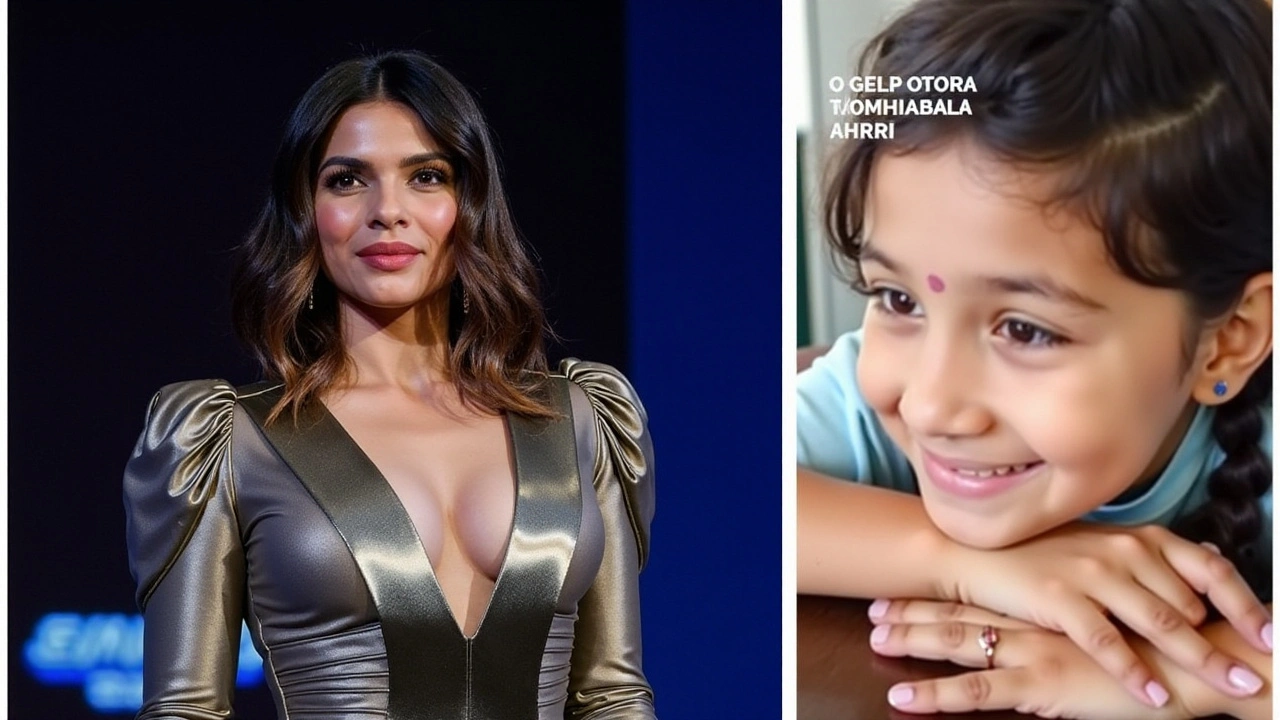AI‑Generated Videos: What They Are and Why They Matter
Ever seen a video that looks real but was never actually filmed? That’s AI‑generated video – a clip created by software instead of a camera. You feed the program a script, some images or a style, and it spits out moving pictures that can look like a real broadcast, an animated explainer, or even a lifelike person talking. It’s a mix of machine learning, computer graphics, and a lot of data, and it’s getting good enough to fool most viewers.
How AI Generates Video
Most AI video tools start with a model trained on thousands of hours of footage. The model learns how faces move, how lighting changes, and how objects behave. When you give it a prompt, the AI predicts each frame based on that knowledge. Some programs use text‑to‑video, where you type a description and the AI builds a scene. Others let you upload a short clip and then extend it or change the background. The result is a quick way to produce content without hiring a crew.
What You Can Do With AI‑Generated Videos
You can create product demos, educational snippets, marketing teasers, or even personalized messages for customers. Small businesses love it because a 30‑second promo can be ready in minutes instead of days. Teachers can make explain‑it‑yourself videos that illustrate complex ideas with animated characters. Influencers use AI avatars to stay on brand while keeping their real identity private. The possibilities keep expanding as the tools get cheaper and easier to use.
One big advantage is speed. A video that might take a week of shooting and editing can be done in a few hours. That also cuts costs – no need for actors, locations, or expensive post‑production software. Plus, you can instantly change language, add subtitles, or swap out a logo without re‑shooting. For global brands, that means one master file can serve dozens of markets.
There are challenges, though. AI can sometimes produce glitches, like odd facial movements or mismatched lighting. Quality depends on the input data – bad prompts give bad videos. Ethics is another hot topic: deepfake‑style clips can be misused, so many platforms now watermark AI content or require disclosure. Using AI responsibly means being clear about what’s real and what’s generated.
Looking ahead, AI video will get more realistic and interactive. Imagine choosing different story branches while watching, or having a virtual presenter answer live questions. As the technology matures, expect tighter integration with social media, e‑learning platforms, and even live streaming services. For anyone wanting to stay ahead in content creation, learning the basics of AI‑generated video now is a smart move.
Bottom line: AI‑generated videos let you make eye‑catching media fast, cheap, and at scale. Whether you’re a marketer, teacher, or hobbyist, the tools are ready – just pick one, play with prompts, and start turning ideas into moving pictures.

17
Sep
AI-generated videos of US leaders like Trump and Harris singing Chinese songs are going viral on Chinese social media. These digitally constructed clips are popular on platforms like Douyin, showcasing US politicians seemingly singing in perfect Mandarin. Despite their artificial nature, the videos illustrate a cultural confidence among Chinese netizens amidst US-China tensions.
Read More
